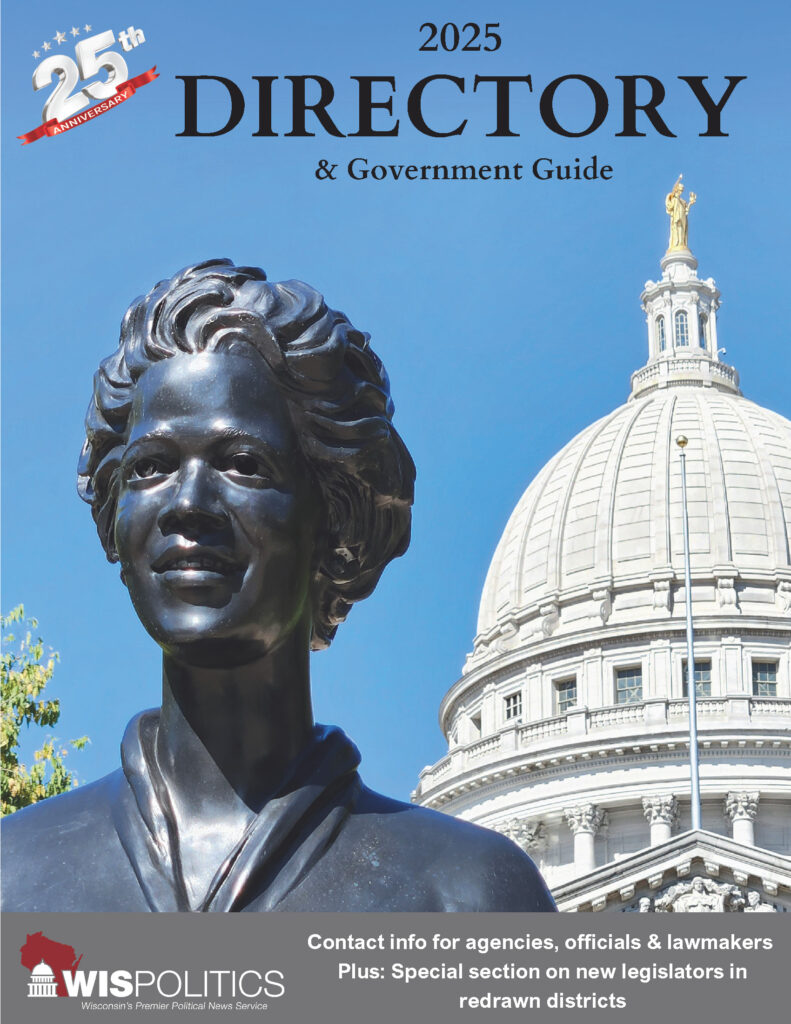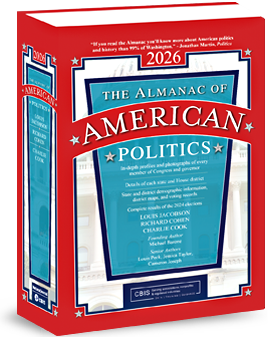WASHINGTON, D.C. – Today, U.S. Representative Mark Pocan (WI-02) sent a letter to Patrick O’Brien, the Director of the Office of Local Defense Community Cooperation (OLDCC) at the Department of Defense inviting him to witness the noise pollution caused by the F-35s at Truax Field after the OLDCC rejected an $18 million noise mitigation grant application. The Wisconsin Department of Military Affair...
Please log in to access subscriber content.
If you don't have a subscription, please contact schmies@wispolitics.com for subscription options on the WisPolitics-State Affairs platform, which is the new home for WisPolitics subscriber products.


